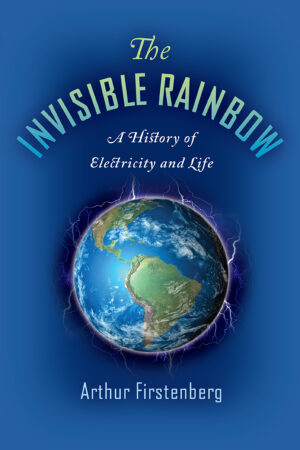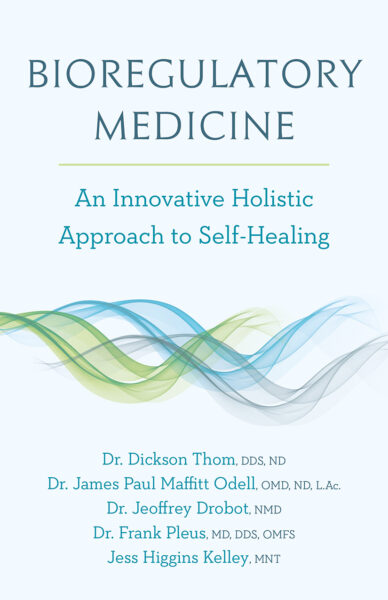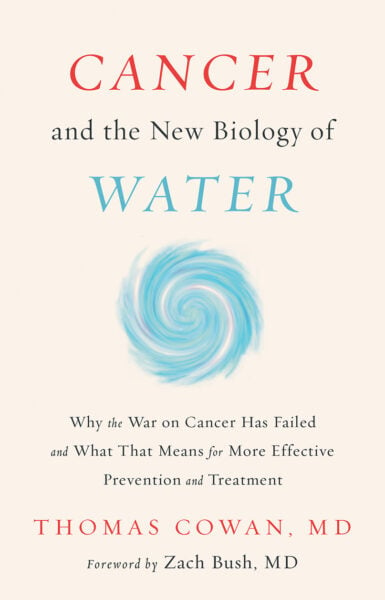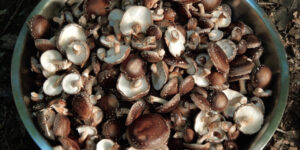A History of Electricity and Its Impact on Planetary and Human Health
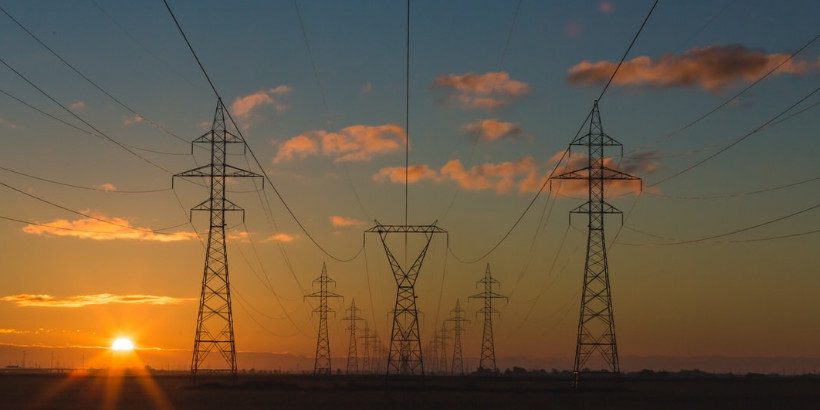
The story of the invention and use of electricity has been told before, but never from an environmental point of view. An assumption of safety, and the conviction that electricity has no negative impact on life, are by now so entrenched in the human psyche that new research and testimony by those who’ve been injured are not enough to change the course society has set. In the following excerpt from The Invisible Rainbow, Arthur Firstenberg cites troubling findings that underscore the direct relationship between disease and cell phone use on developing brains and bodies.
The following is from the 2020 Chelsea Green Spring Journal. It has been adapted for the web.
The mountain of truth confronting every cell phone user has only grown larger. Millennials—the generation born between 1981 and 1996 and the first to grow up using cell phones—are experiencing an unprecedented decline in their health when they reach their late twenties. On April 24, 2019, the American health insurance company Blue Cross Blue Shield released a report titled “The Health of Millennials.” It showed not only that the health of this generation takes a sharp decline beginning at age 27, but also that the prevalence of many medical conditions had risen precipitously among millennials in just three years.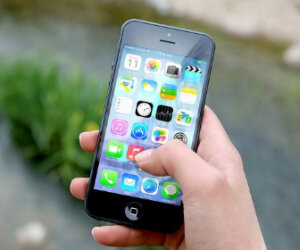
The prevalence of eight of the top ten conditions among all millennials showed a double-digit increase in 2017 as compared with 2014. Major depression increased 31 percent. Hyperactivity increased 29 percent. Type II diabetes increased 22 percent. Hypertension increased 16 percent. Psychoses increased 15 percent. High cholesterol increased 12 percent. Crohn’s disease and ulcerative colitis increased 10 percent. Substance use disorder increased 10 percent.
The decline in millennials’ health from 2014 to 2017 was not due to their being three years older.
The report also compared the health of millennials who were 34 to 36 years old in 2017 to the health of Gen Xers who were 34 to 36 years old in 2014. At the same age, millennials in 2017 had 37 percent more hyperactivity, 19 percent more diabetes, 18 percent more major depression, 15 percent more Crohn’s disease and ulcerative colitis, 12 percent more substance use disorder, 10 percent more hypertension, and 7 percent more high cholesterol than Gen Xers had in 2014.
When the researchers looked at all health conditions, they found that 34- to 36-year-olds in 2017 had a 21 percent increase in cardiovascular conditions, a 15 percent increase in endocrine conditions, and an 8 percent increase in other physical conditions compared to 34- to 36-year-olds in 2014.
The only reasonable explanation for the alarming decline in health of the millennial generation is the life-long irradiation of their brains and bodies from their cell phones. Cell phones did not work in most of the United States until 1997, and their use was not prevalent among teenagers until 2000. Millennials are the first generation that began using cell phones in their teenage years or earlier, when their brains and bodies were still developing. People who were 34 to 36 years old in 2017 were 17 to 19 years old in 2000. People who were 34 to 36 years old in 2014 were 20 to 22 years old in 2000. No other environmental factor changed so radically in just three years. Microwave radiation is responsible for the tragic state of the millennial generation’s health compared to the health of every other generation that preceded them.
Recommended Reads
Recent Articles
Peregrine falcons, while known as predators, are essential to our environment. These stunning birds have a rich history, an interesting present, and an uncertain future. The following is an excerpt from Feather Trails by Sophie A. H. Osborn. It has been adapted for the web. Who Are Peregrine Falcons? Though relatively uncommon wherever it occurs,…
Read MoreMany know the effects of catnip on our feline friends, but few realize that catnip has medicinal effects for humans. From stomach aches to reducing fevers, catnip is a versatile herb with many benefits. The next time you grow this plant for your cat you may end up taking a few cuttings for yourself! The…
Read MoreWondering where to forage for greens this spring? Look no further than hedges, which serve as natural havens for wild greens and herbs! The following is an excerpt from Hedgelands by Christopher Hart. It has been adapted for the web. Food from Hedges: Salads and Greens Let’s start by looking at all the wild foods…
Read MoreWhether you’re looking to replace your end-of-the-day cocktail, relax before bed, or want something new to add to your tea, this non-alcoholic mocktail syrup base will do the trick. Delicious and all-natural, take a sip of this nightcap mocktail and feel your troubles melt away. The following is an excerpt from Herbal Formularies for Health…
Read MoreInterested in becoming a mushroom farmer? Shiitake mushrooms are one of the easiest and most profitable places to start. The following is an excerpt from Farming the Woods by Steve Gabriel and Ken Mudge. It has been adapted for the web. (Photographs courtesy of Steve Gabriel and Ken Mudge unless otherwise noted.) The Stunning Shiitake…
Read More

